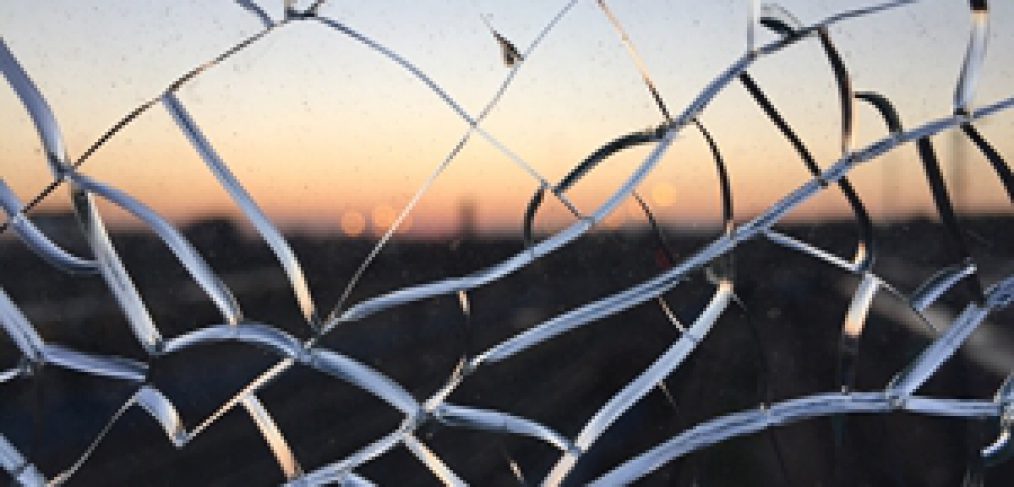There is now an increasing tendency to forgo using quality construction products in order to save money and time. This may reflect well on a budget sheet, but the consequences can be deadly. Last month, the tragic Grenfell Tower fire in the U.K claimed the lives of dozens of people, with cheap, combustible building cladding the culprit.
Cutting corners also extends to Australia, with a series of spontaneously exploding glass balconies in Melbourne apartments highlighting the rising tide of cheap imported construction materials. In an effort to address this, the Australian Building Codes Board recently launch a new website to help people understand the building code and the importance of product safety, according to a Housing Industry Association release.
”A national webpage like this is important for everyone in the building product supply chain,” said HIA Chief Executive of Industry Policy Kristin Brookfield.
”It is vital, now more than ever, to take action and ensure that builders are not the only people responsible for checking product quality.”
It is important to ensure that builders are not the only people responsible for checking product quality.
At Locker Group, we create architectural solutions that are carefully designed, rigorously tested and meet stringent Australian safety and quality standards. The cost of using inferior products in your next construction project could prove calamitous, so have a look at why Locker Group products are the way to go.
Architectural
Locker Group’s architectural solutions have been widely used in installations and buildings nationwide, notably at the Float Art Project in Sydney and the La Trobe University Dining Hall in Melbourne. Our designs combine innovative visual appeal with unrivaled architectural functionality.
Our variety of metal facade sheets are ideal in making your building exterior striking while also providing screening from the sun and maintaining air flow. The internal facade options are custom designed and easily installable to enhance visual appeal while creating spaces you can re-design endlessly. All products are made from strengthened steel, copper and aluminum substrates, coupling beauty with brawn – and all are meticulously tested to meet Australian standards.
 The effects of poor construction materials can be deadly.
The effects of poor construction materials can be deadly.Industrial
Working in heavy industry throws up the threat of numerous costly breakdowns and worker injuries as a result of substandard materials. Locker Group’s industrial range is one of the largest in Australia, with everything from grip-designed and durable metal flooring to robust conveyor belts and roof walkway kits for safety working at heights.
Our products, including the characteristic variety of metal sheets and wire meshes definitive of Locker Group, can be custom designed to user specifications and are able to resist the extreme temperatures of industry, meaning your production will be able for full efficiency in no time.
 It is important to factor in the cost of replacing inferior building products later on.
It is important to factor in the cost of replacing inferior building products later on.Mining & Quarrying
Locker Group have been supporting Australian mines and quarrying for years with quality products that are rigorously tested to meet extreme conditions. Roaring heat, high pressure and constant abrasion are just some of the tests that construction products face here, so we have designed ours to be as strong as they are functional.
Our screen meshes and machine accessories are made from a variety of materials, including mild steel, rubber and other durable materials requiring minimal need for maintenance or cleaning. Failure to meet safety standards for equipment and products in mining and quarrying can be catastrophic and deadly, so make sure you use reputable products with a history of supporting the industry.
Using construction products that meet Australian standards will be less costly in the long run, after considering the time-consuming maintenance and repair of inferior construction products. Locker Group are industry-certified and Standards compliant, and have been since 1956. For more information on any of our construction solutions, or for assistance picking out the superior Australian-made product you need for your next project, contact the team.




 The prehistoric dinosaur-bird was found in a quarry miles from the coast.
The prehistoric dinosaur-bird was found in a quarry miles from the coast.
 A wide variety of building materials can be found across Australia.
A wide variety of building materials can be found across Australia.
 Pic-Perf is an aesthetic application of the perforation process.
Pic-Perf is an aesthetic application of the perforation process.